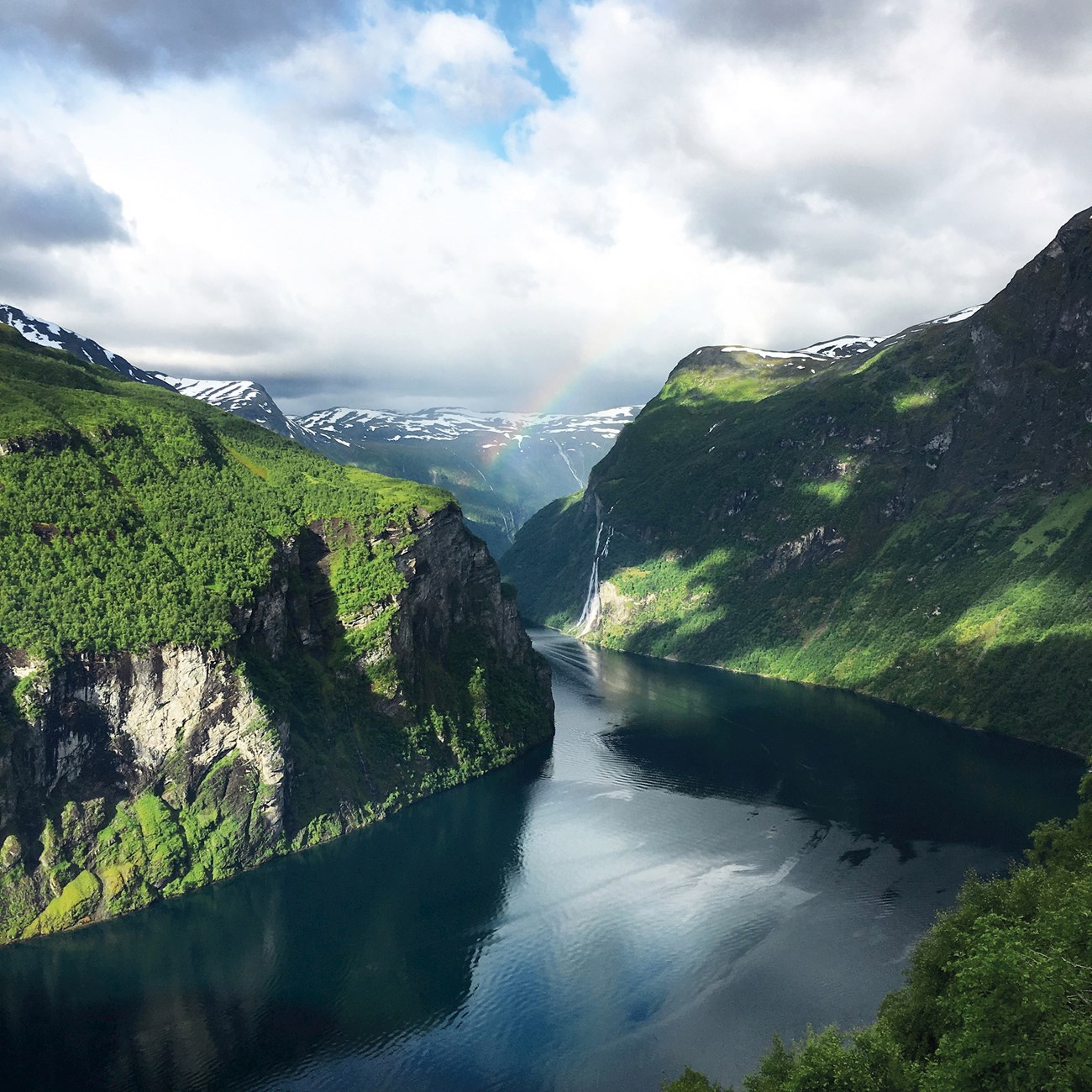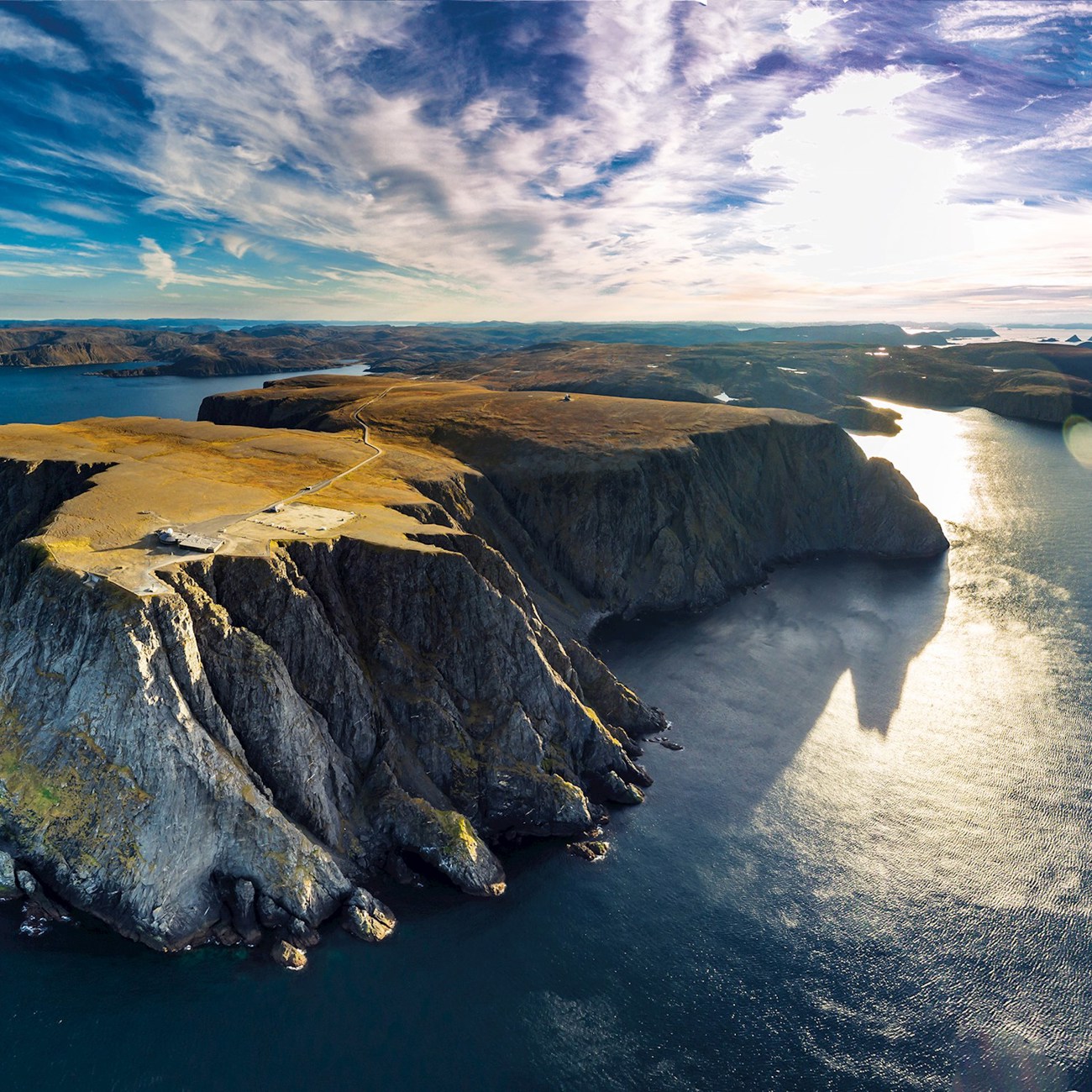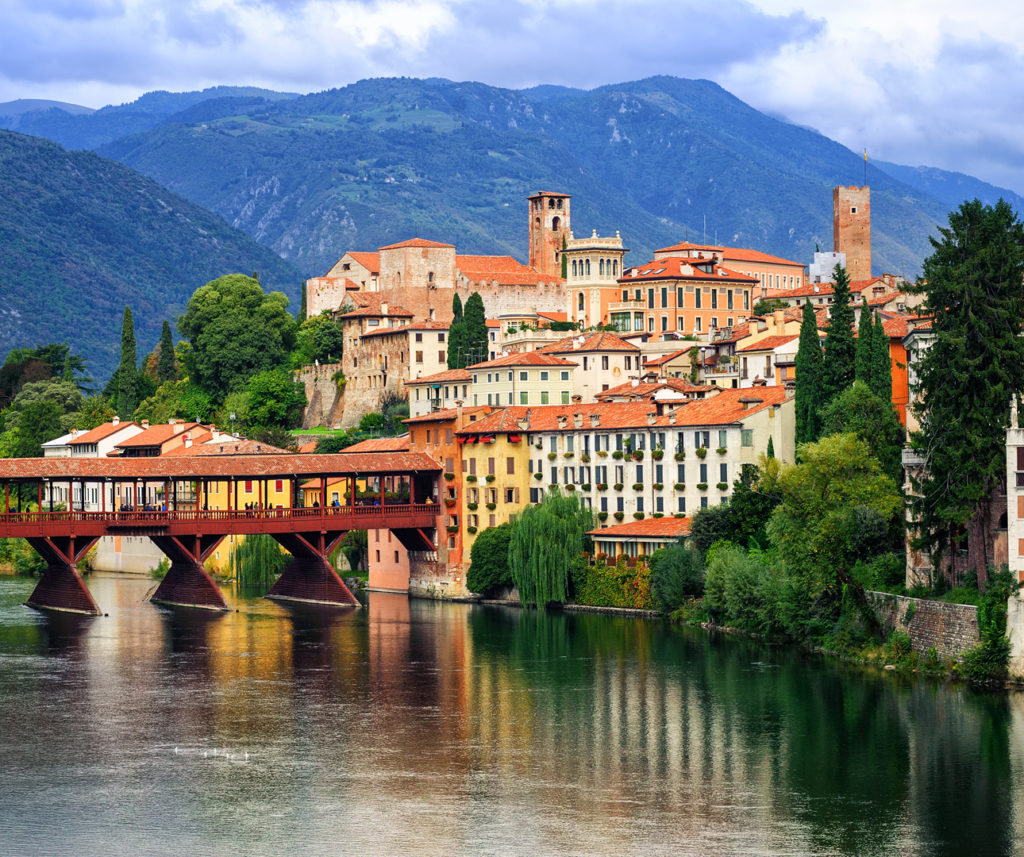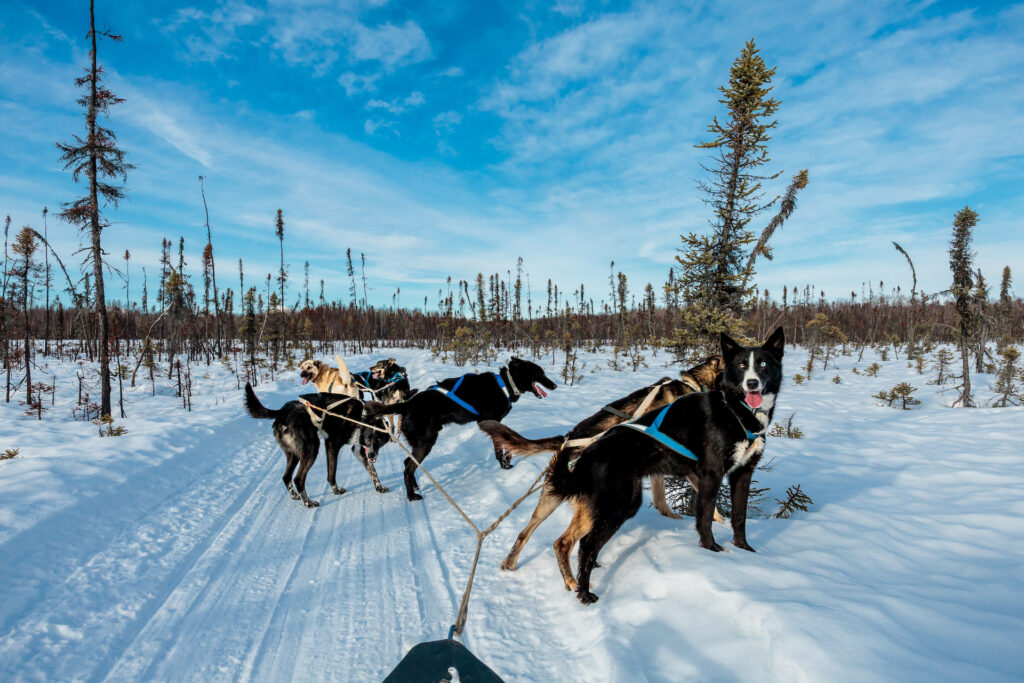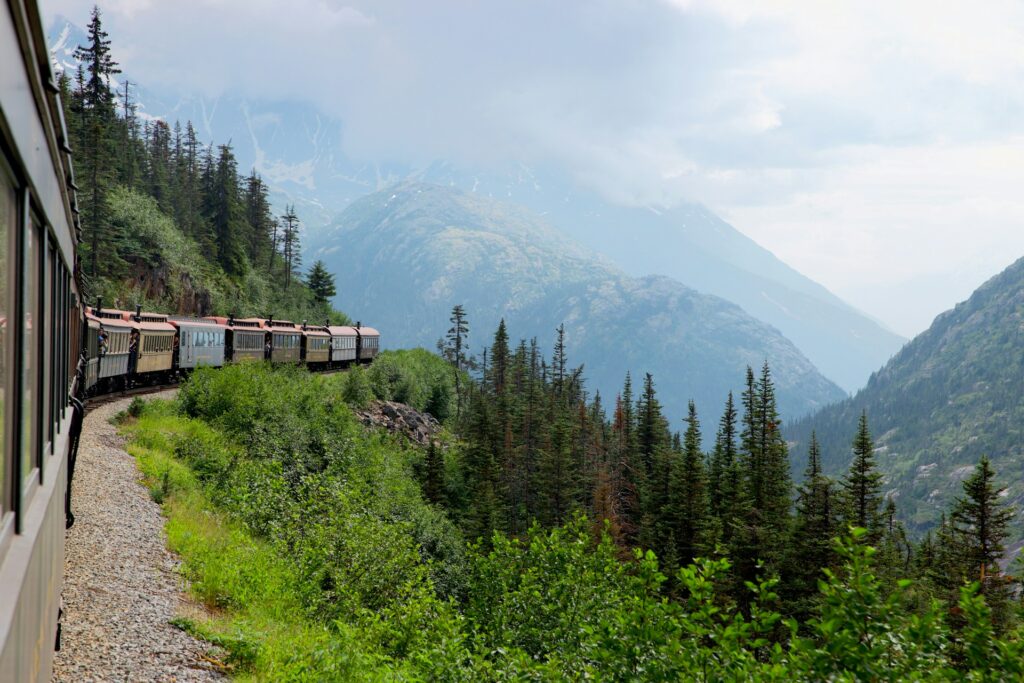Legends of the Fjords: Discover Norway’s Viking Connections
The Norwegian Fjordland is a dream world of soaring mountains, icy glaciers and rivers which cascade hundreds of metres into the green valleys below. For those wishing to explore Norway’s Viking connections, the fjords hold within them a wealth of history, myths and legends.
We spoke to Travel Director and Scandinavian specialist Danny to learn more about the fjords, the Vikings, and other stories that will leave you yearning to visit for yourself.
For travel inspiration take a look at our Norway guided tours.
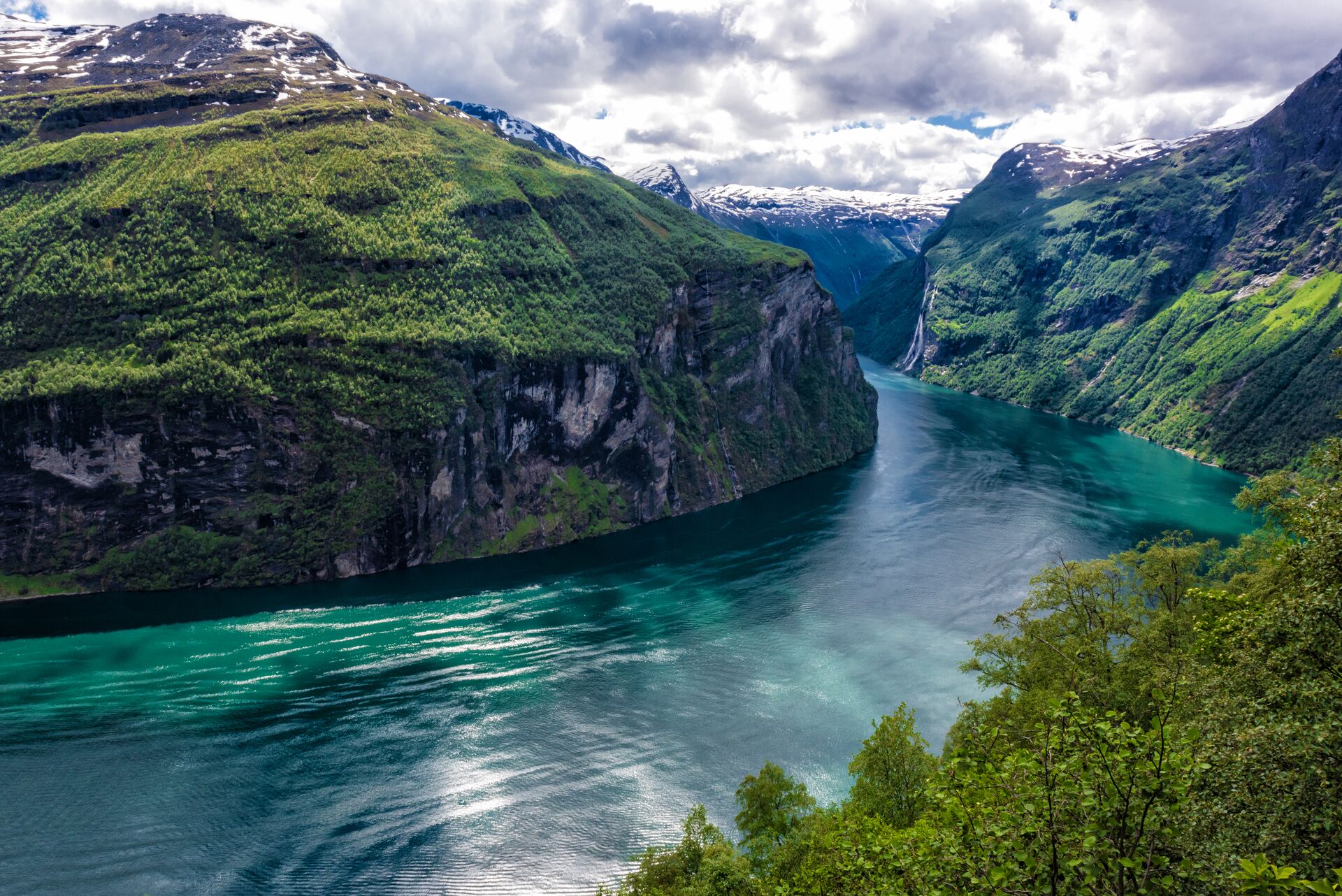
The Norwegian Fjords
From its great capital Oslo to beautiful Bergen ‘the gateway to the fjords’, Norway’s cities have much to offer. However, often described as ‘nature’s own work of art’, Norway also has some of the biggest and most beautiful fjords in the world. Described as a deep, narrow and elongated sea or lakedrain, with steep land on three sides, a fjord is formed when a glacier retreats. After carving its typical U-shaped valley, the sea fills the resulting valley floor.
These waterways are home to waterfalls, multiple wilderness areas, remote islands and even entire cities. The western fjords of Norway, such as Geirangerfjord and Nærøyfjord are designated UNESCO World Heritage Sites, so important is there place in Norway’s landscape – and its lore.
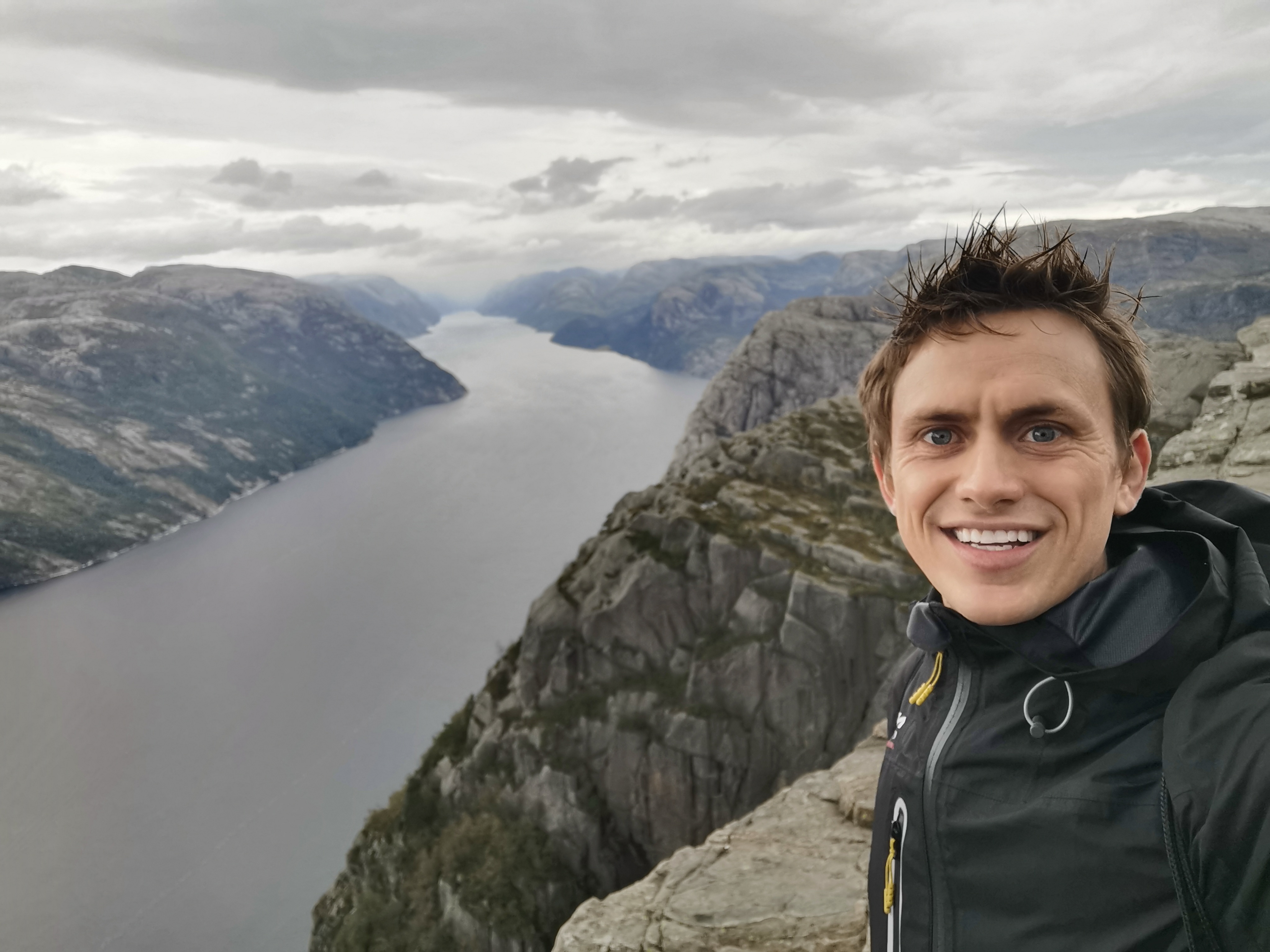
“The first time you see them, the fjords are simply breathtaking,” Danny says. “Especially when it’s raining, as the water cascades down the sides of the cliffs to magnify their beauty. Many are deep, have a coral base and are full of life, providing opportunities to see dolphins or whales.”
For Norway’s Viking population who called the fjords home, it was believed Mother Nature was born from the body of a dead giant and that the Earth was made of its flesh. The oceans corresponded to the giant’s blood and sweat, and the clouds were its brains. It was said that the bones of the giant formed the fjords hills, his teeth became the reefs and his hair all the vegetation.
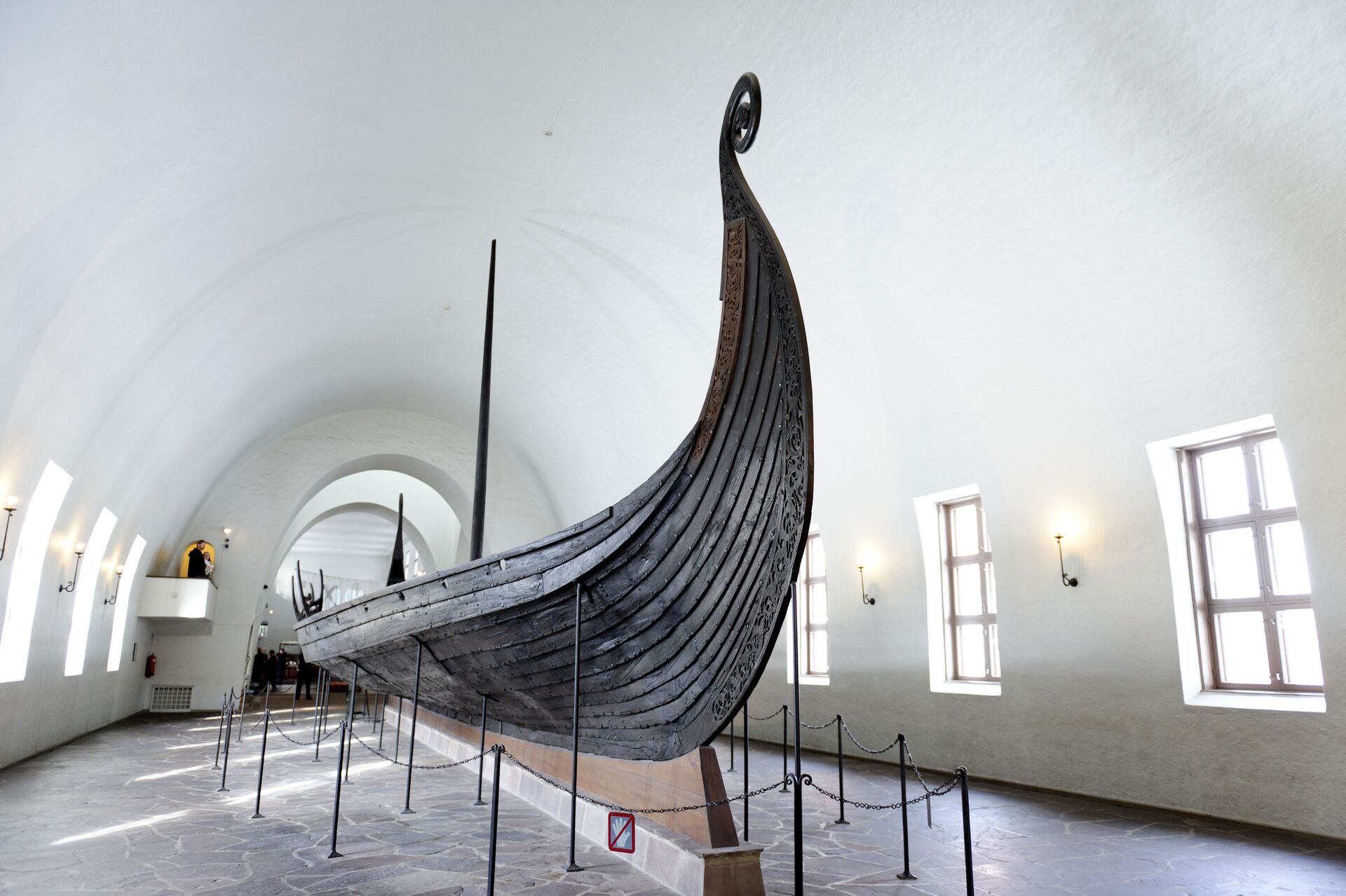
Viking longboats could travel up to 200km a day and were designed to float high in the water so landing on beaches was easy.
The lost history of the Vikings
Danny explains that “The Vikings left little to no written records documenting their history. Instead their culture was spread through oral traditions, like songs or poems. We just have bits and pieces to put together. All they had, for historic purposes, were runic inscriptions left on pieces of stone, bark or bone. These inscriptions contained messages in Old Norse and consisted of an alphabet script known as Futhark.
“Many of these scripts memorialized the dead, recorded local histories and even consisted of magical incarnations
“For example, one of the most famous runestones are the Jelling stones that praise Harold Bluetooth and his parents. He was a Danish Viking king that united the Danes and brought them christianity. Today the Nordic Rune initials H and B are combined to make the bluetooth symbol we know today.
“When people ask when did the Vikings originate, it is a hard question to answer because of the lack of written history. However, we know that the first major raid can be pinpointed to 793 AD when they attacked Lindisfarne in the North east coast of England. The English ‘Anglo-Saxon Chronicles’ described them as ‘heathen men’ that destroyed God’s church through ‘fierce robbery and slaughter.'”
Farmers and traders
“In fact, a lot of the Vikings were farmers and traders,” Danny continues. “They went out exploring, in search of riches rather than land. But if you can imagine, these are people who believe in the power of their Norse gods, such as Thor, being behind lightning strikes. So when they pitched up to an undefended English church filled with gold, of course they’re going to take it!
“So often our perception of them comes from the victims’ documentation of their raids. In reality, it’s just the way life was in Viking settlements. Tribes often fought tribes for access to the best resources in harsh environments. Nonetheless, the Vikings were still incredibly clean and sophisticated people. They weren’t the unwashed savages that some might expect.
“And the Vikings adapted. For example, they found that converting to Christianity meant a bigger trade network. This meant greater alliances through respect, which meant more wealth and riches. By the 11th century they had transitioned into a modern lifestyle.”
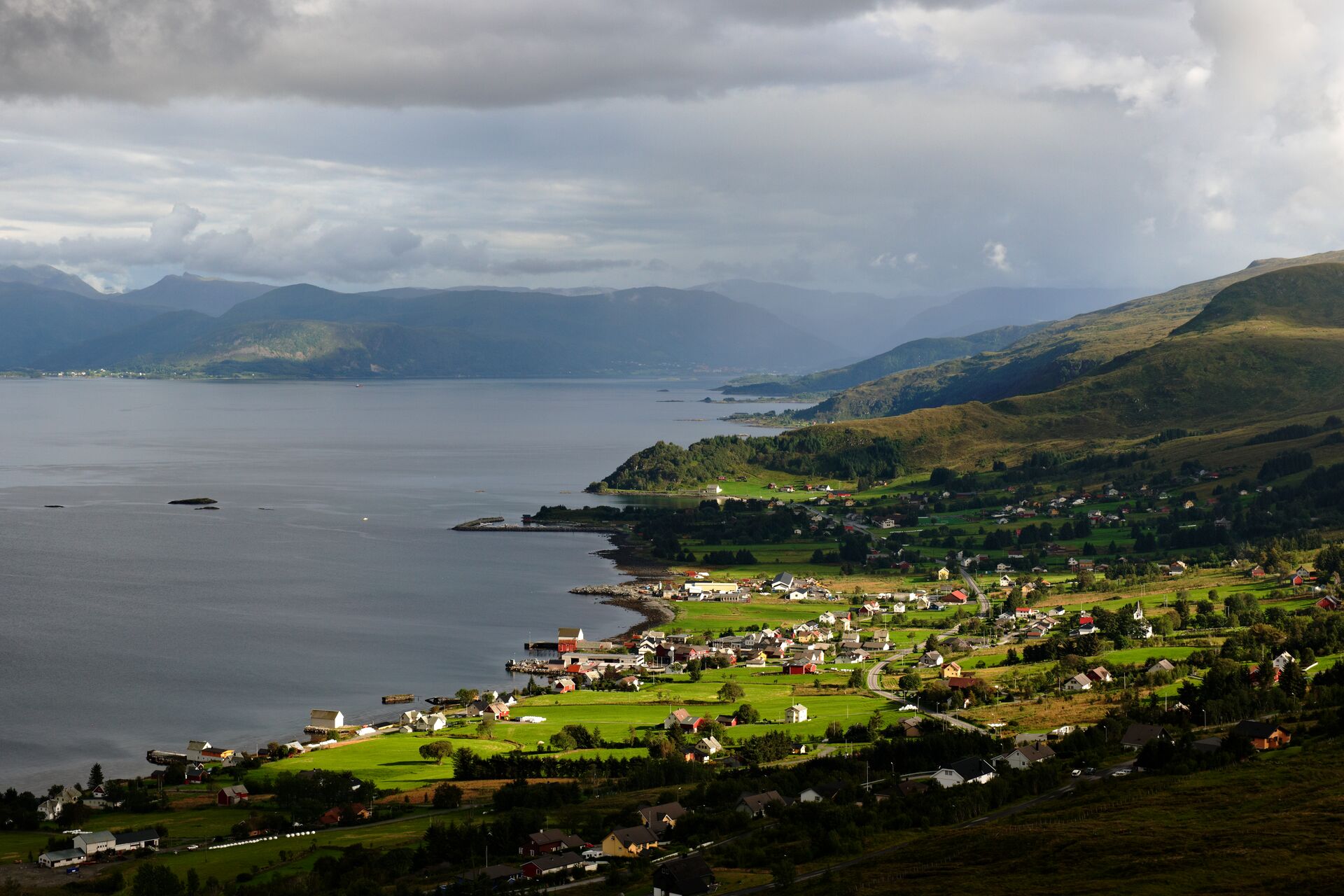
Viking life in the Fjordlands
“Most of Norway’s Viking population stayed inland on the fjords, protecting their farmland communities,” Danny tells us. “People often think they had massive road networks, but almost everything was done by the sea and the fjord. They would even try to base themselves next to rivers so that their longboat construction or blacksmith pollution could run into the sea.
“If you’re further inland, you’re less likely to get attacked. There is a lot of protection because they can defend from both sides of the fjord. But there’s pros and cons living on the fjord, you may have your farmland and sea trade, but because it is quite isolated in different fields, sometimes the only time you met other people is through big festivities or events.
“So, for example, for a wedding you may need to crossover the glacier. But this was the opportunity to meet people, get married and extend your family. This is how these small settlements grew.”
Save up to $3,000* per couple on your first Premium Tour
Plus receive latest offers, travel inspiration, and discover how your travels will make a positive impact. Together, WE MAKE TRAVEL MATTER®. Subscribe NowHarold Fairhair
“The main character, in terms of Norway’s Viking leaders that everyone needs to know is Harald Fairhair,” Danny says. Regarded as the first Norwegian king, he united the petty kingships of Norway into a single realm in AD 872.
“Viking legend has it that he fell in love with a girl called Gyda, daughter of King Eirík of Horthaland. After sending a messenger to ask for her hand in marriage, she refused him as a petty lord. Gyda felt only a suitor that had enough power to become King of all Norway would be worth her time. Harold was so keen to have her hand, he vowed not to cut his hair until he had made her his wife.
“Harald’s strength and connections through conquering settlements and tribes, soon made him a threat to other Lords. While he was attacking up north, a group of leaders in the South formed an alliance to stop him. To retain power Harald travelled down to Hafrsfjord, near Stavanger and destroyed the entire alliance, uniting Norway into one kingdom.
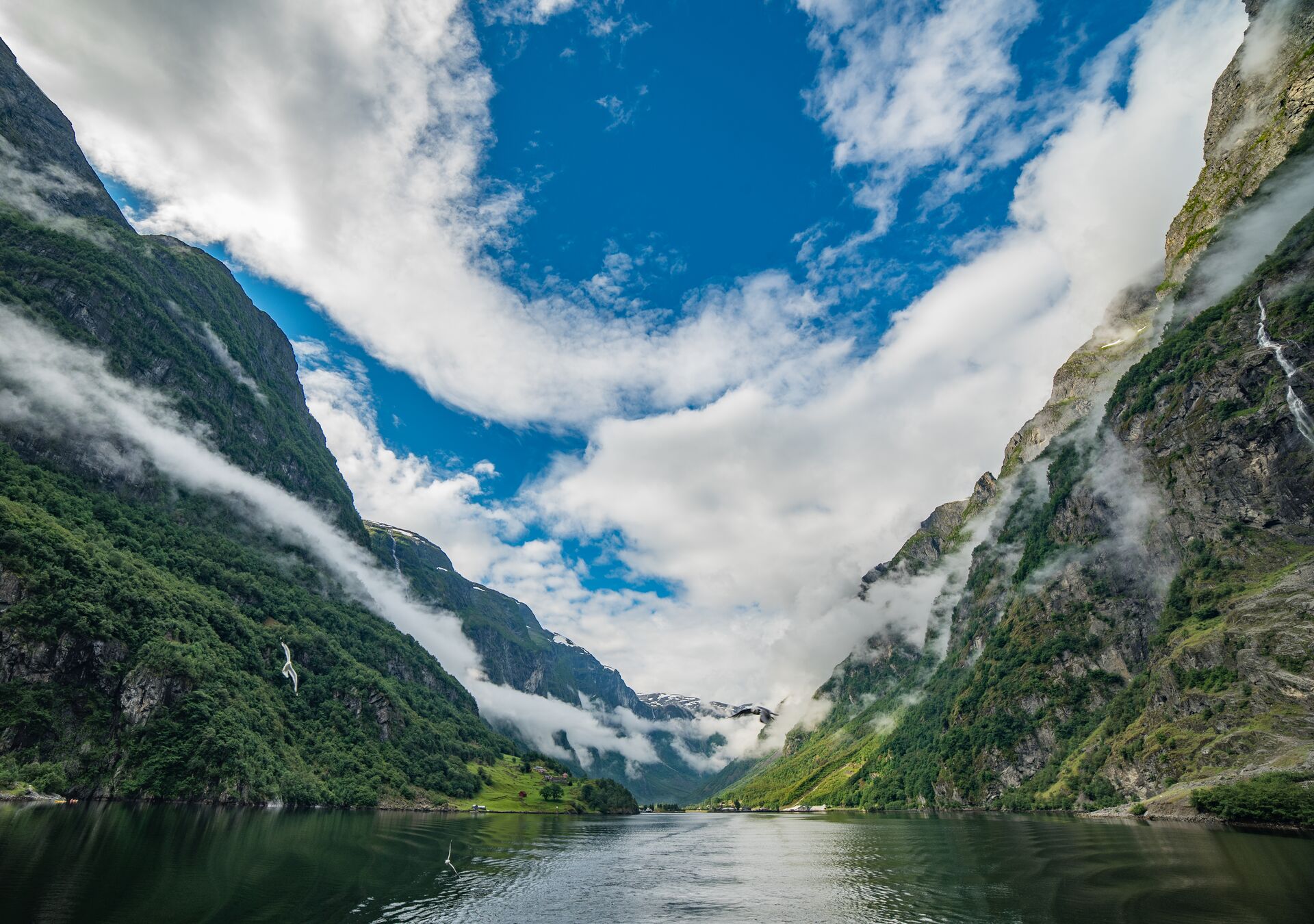
To commemorate the Battle of Hafrsfjord (AD 872), the Sverd i Fjell monument comprises three enormous bronze swords erected in solid rock. Each 10 metres high, the swords stand for peace unity and freedom, with the hilts modelled on Viking swords found in different parts of Norway. The largest sword, in the centre, is based on Harald’s sword. “I love to tell this story to guests as we pass the site,” says Danny.
“After the battle Harald went back to Gyda who agreed to marry him. Harald, who had famously been known as Harald Tanglehead after ten years’ worth of hair growing, was finally able to have it cut and became Harald Fairhair from then on.”
Norse Mythology – Jotunheimen, Home of the Giants
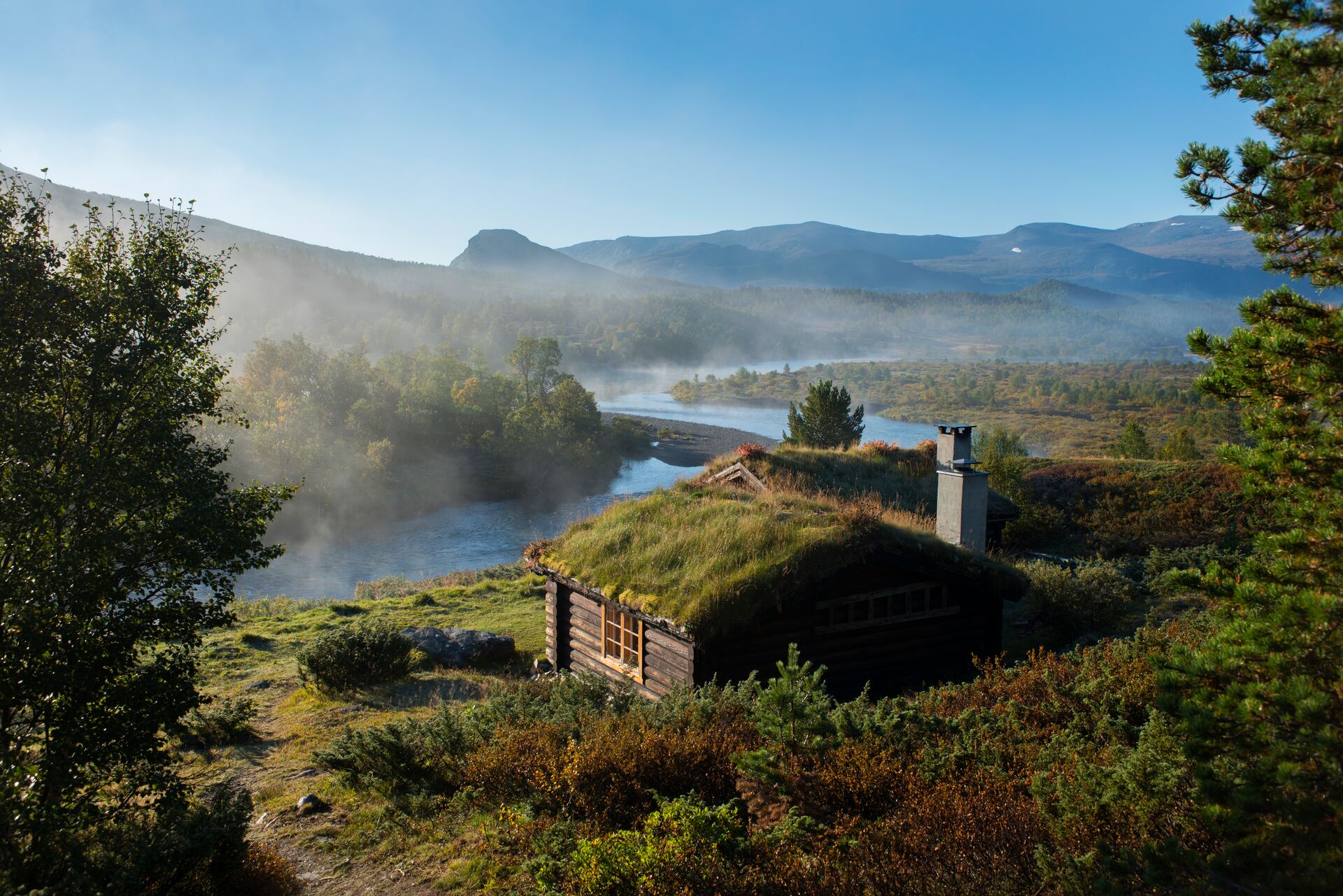
“As well as Norway’s Viking legends, I love to talk to guests about the mythology behind the trolls and the Norse gods that are also very important to Norway’s heritage,” says Danny. “In Norse mythology, the Jötnar were giants. They were considered enemies of the Gods and often in conflict with them.”
“When we leave the Geirangerfjord on our Spectacular Scandinavia tour, we see two mountain ranges. One is Jostedalsbreen which is the glacier and the one before it is Jotunheimen. In fact, Jotunheimen means ‘home of the Giants’, which is the name of the whole National Park.
“It is said that these huge giants were white in colour; they mixed with the snow. We even throw in the fables and local stories that the power lines are actually electricity fences to scare them off. That they still exist in modern day!
“Jotunheimen itself is spectacular. It’s the largest mountain range in the whole of Norway and was a huge trading route for Norway’s Vikings, for salt, iron and fish.”
Nøkken – Water Spirits
“I really like to mix up tales for guests. Between Norway’s Viking stories and the folklore, there are so many great tales to share” says Danny with a smile. “The nøkken were water spirits in folklore and Norse mythology. These mythical creatures were venerated, even by the Vikings. These were shape shifters and it was said they lured woman and children down to the lakes and streams by playing enchanted music, similar to a violin, like a siren.
“These shape shifters usually took the form of horses in order to lure children close to the waters’ edge. Upon any contact it would then glue itself to their victim and drag them into the water in order to drown them.
“It’s a dark story, but it gave people of the day a way to explain accidents that happened. They used to give offerings like Spirit vodka, black animals, wet snuff and drops of blood, so that the spirits would leave them alone. It is said that if you see a suspicious horse, you call its name ‘nøkken’ and it will then lose its power and run off, meaning you’ll be fine.”
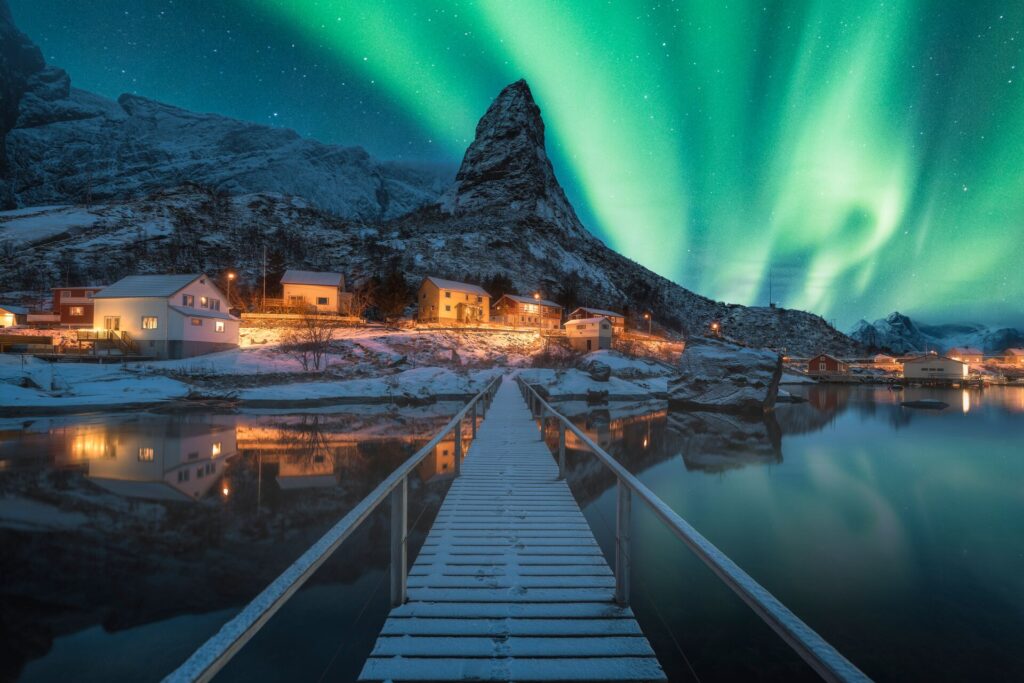
There’s no place like Scandinavia
“I’ve been a travel director now for 12 years and have travelled and worked across Europe, Egypt, Turkeys and Asia. But Scandinavia is just the best,” Danny says. “There are few countries in the world that will provide you with such stunning environments.
“I find working in Scandinavia brings me so much joy, because every time our guests see this part of the world first hand, their excitement is contagious. As a result, I get to relive that moment again and again. Scandinavia is staggeringly beautiful and the people cannot be nicer. I fell in love and have made Scandinavia and Norway my specialism for the last five years, and I couldn’t be happier. I encourage everyone to come and visit.”
To explore Norway’s Viking connections for yourself, take a look at our premium tours to Norway.
LIKED THIS POST? SHARE WITH YOUR COMMUNITY
